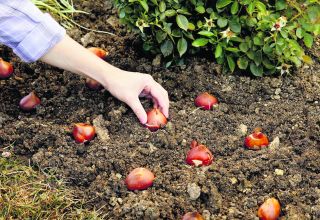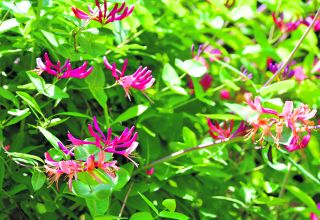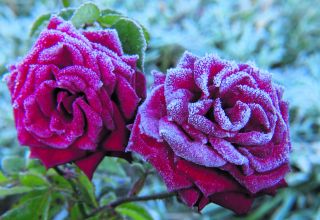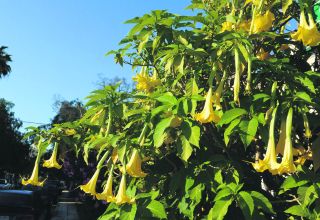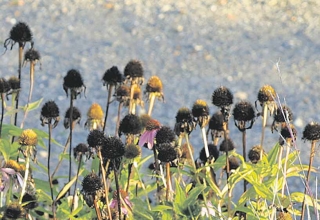
Somerset gardener Marie Salmon has this autumn refused to tidy up her garden and seems to have learned to appreciate decay.
As the great Piet Oudolf once said “A plant is only worth growing if it looks good when it is dead”.
I have taken heed of this in my Somerset garden, same county as Piet’s garden but in a slightly different class I admit!
I didn’t clear away the fallen leaves from my garden borders this year. I normally do as up until now I thought it was the right thing to do. Every autumn I have cut back almost everything-perennials, shrubs, and old sunflower stems in an effort to tidy up and be a good gardener my parents would be proud of.
But now I am taking a different approach. I am thinking of the insects and little mammals who will enjoy the decay in almost every aspect of my now scruffy garden.
There is however another benefit which has been unexpected and a delight. Despite all the downpours, the endless soaking it received during October my garden has never looked better and in the last few weeks it has looked positively ravishing in its state of decay. In an odd way not cutting everything back has made it look alive and even busy.
The things I am finding beautiful are not those things that are particularly meant to be. The borders are full of four foot high wild fennel which look wonderful in the sunshine.I love the brown sword leaves of the agapanthus collapsed over the edges of pots. And I like the smell of the fallen leaves that never got swept up and are slowly turning to compost.
However, there are so many plants that die so beautifully that perhaps an element of mortality should be designed into our planting schemes.
As gardeners, we spend every waking moment enlivening our gardens into vibrant, green spaces, brimming with life and colour. Yet here’s something I’ve never appreciated -despite our earnest efforts, plants do I guess spend much of their lifecycle decaying into dormancy. This need not be a bad thing though. Where once I fretted feverishly over spent brown bits peaking through the border now I leave it alone to nature and the decaying process. Gardening is now very
much an appreciation of plants, throughout their entire lifecycle, where the focus is not solely on their flowers.
I suppose decay is not always elegant. Some plants will simply collapse into a mushy slush, which is no thing of beauty. Where space allows though, such dieback is just to be accepted as natural, and certainly doesn’t have to be ugly. I have made our herbaceous border as wide and deep as possible, which means we can get away with the odd gardening albatross and any other death deficiencies.
I have resisted despite my mother-in-laws pleas the urge to blindly chop.
Because of this I have found that some flowers die back ever so gracefully. In the past I haven’t given them the chance in my rush to tidy up.
Furthermore when the winter light illuminates their seed heads they come to life again. They are hosts to the many spiders’ webs while inside their stems many insects hibernate. Similarly if they have a dusting of frost their ghostly skeleton outlines become so photogenic.
Perhaps this is just a temporary phase.
It may all change and when the light comes back more in February I might get the urge to tidy up – but for the time being I am enjoying the decay and the rotting.
It seems an important part of the cycle of the garden and perhaps much neglected.



